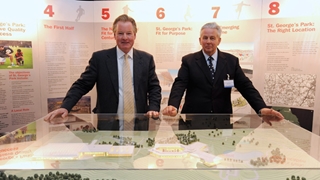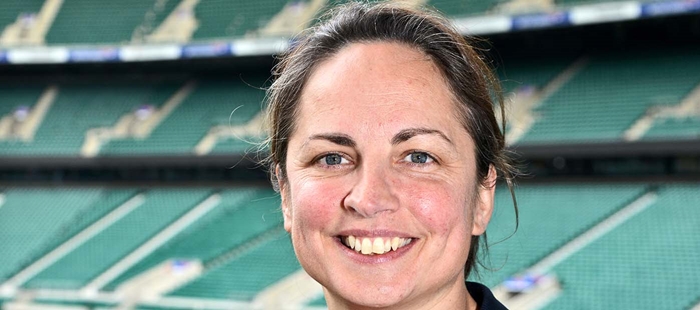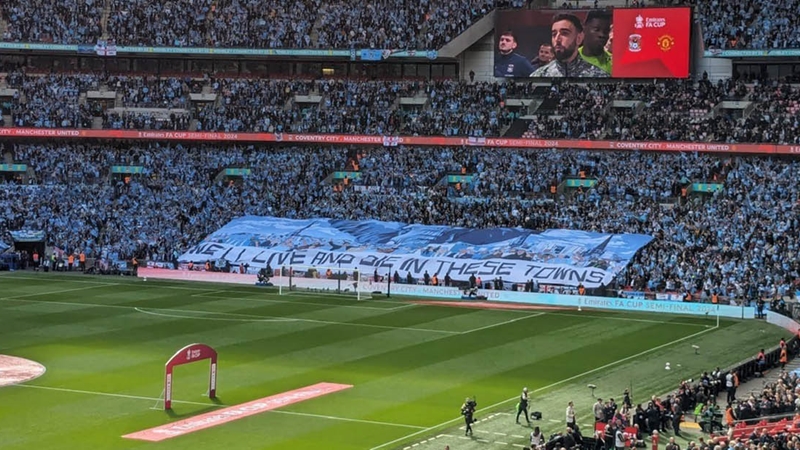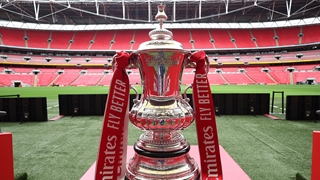
Various sites and schemes have been considered over the years, and in 2001, a 330-acre freehold site in Burton-Upon-Trent was acquired by The FA. The site was landscaped and pitches were installed. Early business plans to complete the Centre were not viable, but in 2008 The FA Board reignited the project and appointed a new National Football Centre Board, led by David Sheepshanks.
Since then, the Board has undertaken extensive consultation, feasibility studies and benchmarking exercises, displaying a rigour sport has rarely witnessed. Numerous training, education and research facilities have been visited and consulted, including:
- National football centres in Italy (Coverciano), France (Clairefontaine), Holland (Zeist), Germany (Sport University, Cologne) and Spain (Cuidad de Football)
- Major football club academies, including those of Arsenal, Chelsea, Manchester United and Real Madrid
- University sports science facilities in the UK and overseas
- Other instructive examples of best practice, including the Aspire Academy in Qatar and the Australian Institute of Sport
In addition, to ensure the objectives of St. George’s Park were rooted in reality, all the key stakeholders in football – here and overseas – have been consulted. Enthused by the project, the League Managers’ Association becamed the first football body to pledge its active support, by moving its HQ to St.George’s Park.
In the last two-and-a-half years, the new Board has undertaken an exhaustive and extensive consultation and research programme. The end result is St. George’s Park: a much bigger, better and more far-reaching development to benefit football than originally envisaged. Over time, it will not only benefit everyone involved in the game at every level, but we believe will also deliver tangible benefits to the wider sporting arena.
St. George’s Park will be:
- A national home for coach education, in time producing better players
- Cutting-edge sports science and medicine
- A training home for the 24 England teams
- A catalyst for increased grassroots participation
- Coaching as a recognised profession, not a pastime
- Qualification pathways and career opportunities across a range of sporting disciplines
- Personal ownership for career development
- Long-term affiliations with further, higher and business educational bodies
- Create a one-stop cluster of football people and organisations with a common purpose
- Be accessible to everyone throughout every level of the game
- Provide a physical focus the ‘Club England’ concept
- Be a showcase conference venue with domestic and international appeal
- The first FIFA Centre of Medical Excellence in England, open to everyone
- Football and sport-specific screening, diagnosis, treatment and rehabilitation
- High-performance analysis and research
- Clinical excellence via affiliations with healthcare professionals and specialist hospitals
- Share strategic thinking which works in both spheres
- Provide superb hotel and conferencing facilities
- Enable business partnerships to flourish through association with sport
- Bring together the finest minds in the sporting and commercial sectors
Another key link has been established with Burton and South Derbyshire College, to provide a framework around the further and higher education programmes St. George’s Park will run.
Distilling all the information and insights gained from this process, and working with internationally respected architects, designers, coaches and administrators, a new and robust business plan was formulated. It was ambitious, inspirational yet deliverable. Crucially, it provided long-term independent financial viability. England’s National Football Centre also needed an iconic name. It was re-named St. George’s Park to honour the country’s legendary patron saint and to inspire a national pride and unity.






